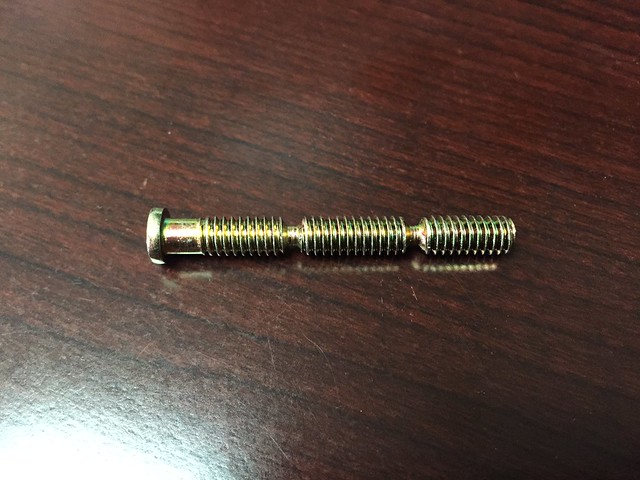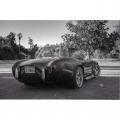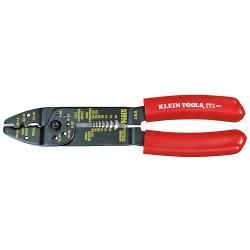Just thought I'd share this. No one at the office can determine what the purpose of having a bolt shaped like this is. Found this guy at work and don't understand it's use. Does part of it break off at a certain torque or something?
Edit: nevermind! Someone at the office informed me that it's from a lock core for different door thicknesses. Pretty cool.
- Home
- Latest Posts!
- Forums
- Blogs
- Vendors
- Forms
-
Links

- Welcomes and Introductions
- Roadster
- Type 65 Coupe
- 33 Hot Rod
- GTM Supercar
- 818
- Challenge Series
- 289 USRCC
- Coyote R&D
- Ask a Factory Five Tech
- Tech Updates
- General Discussions
- Off Topic Discussions
- Eastern Region
- Central Region
- Mountain Region
- Pacific Region
- Canadian Discussions
- Want to buy
- For Sale
- Pay it forward
-
Gallery

- Wiki-Build-Tech


 Thanks:
Thanks:  Likes:
Likes: 



 Reply With Quote
Reply With Quote




